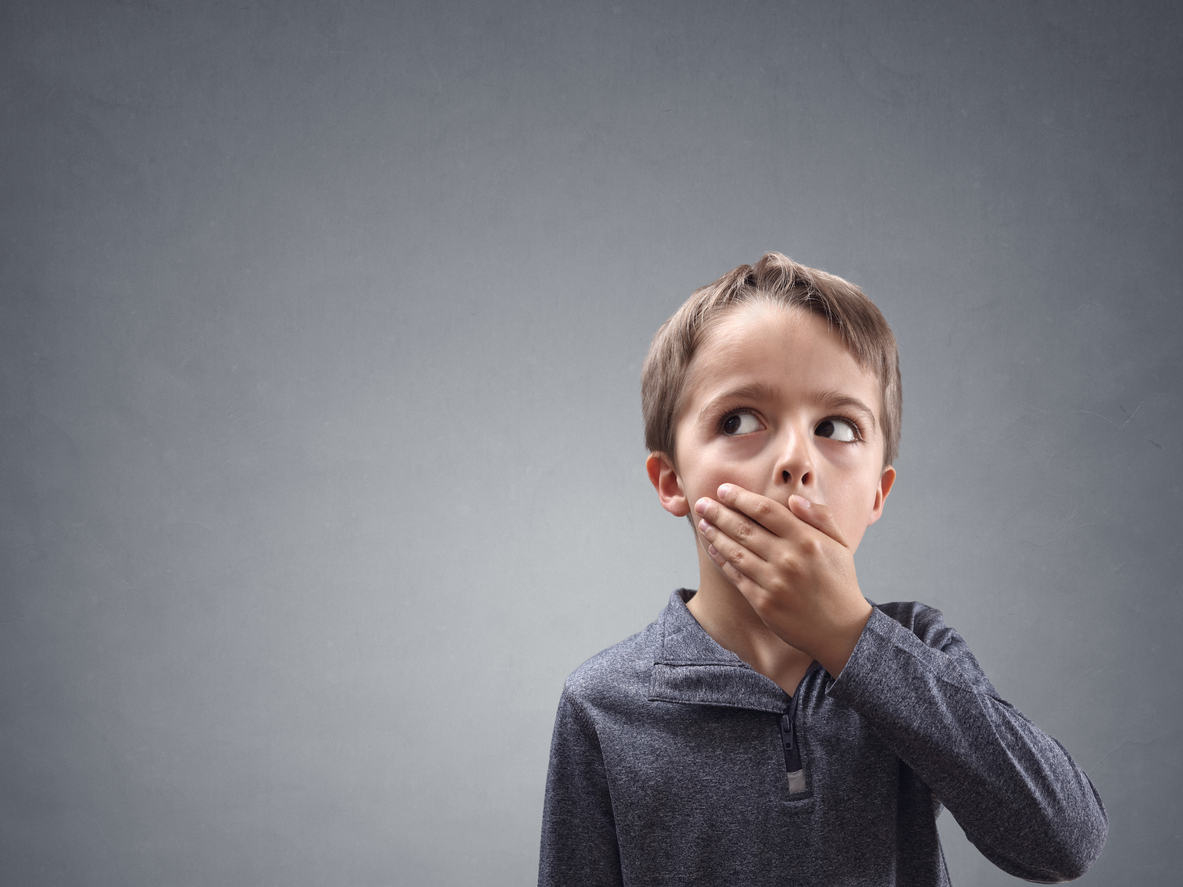At some point in our childhood, usually around the age of six or seven, we begin to lose our baby teeth. We may remember putting our tooth under our pillow, awaiting the tooth fairy, but most of us forget how the tooth fell out in the first place. Was there considerable pain? Did they fall out on their own? If you have a child with a loose tooth and aren’t sure how to deal with the situation, here are a few important things to keep in mind.
Assessing the Loose Tooth
First, it’s important to recall how the tooth became loose. This will help determine whether you should let the tooth fall out naturally on its own or if the tooth requires a visit to the dentist.
When baby teeth fall out, it’s because a permanent adult tooth is developing and ready to emerge. This is a natural cycle of life. However, if a tooth was knocked loose by accident, such as through impact or sport, it doesn’t necessarily mean that it’s ready to come out. In this case, visiting a pediatric dentist in Chino Hills will be your best option to ensure the tooth doesn’t become infected or damaged. A pediatric dentist can help determine whether the tooth should stay in until it’s ready to fall out on its own, if certain measures should be taken to protect the surrounding tissues, or if the tooth should be pulled with the proper dental tools.
Everything in Order
Teeth also become loose in the order your child developed them, with the front teeth usually going first. If you can remember the sequence in which your child developed their teeth, whether through photos or memory, you can usually predict which ones will become loose first. This can help determine whether you should pull your child’s tooth or let it fall out naturally. For example, if there’s a loose tooth that seems out of sequence from the growth cycle and there is some difficulty in getting it out, you may want to wait on pulling it. Tugging on a tooth that isn’t ready to come out can cause needless pain and damage to the roots of the tooth. If you have a question about an out-of-sequence tooth, it’s best to wait it out or contact a pediatric dentist in Chino Hills to get a proper diagnosis.
Get in touch with Dental Care of Chino Hills today!
Nature’s Way
Most baby teeth will become loose and fall out on their own and it’s in your best interest to let this natural cycle take place. If your child can withstand some uncomfortable wiggle for a few days or weeks, there will be less pain and bleeding when the tooth finally comes out. Wiggling the tooth here and there, brushing twice a day, or eating solid foods can help the tooth become looser, but a tooth should never be pulled out with force if it isn’t easily coming out when pulled gently.
How to Pull A Loose Tooth
If the loose tooth is in an inconvenient place and your child is considerably uncomfortable, you can try a few things to loosen the tooth manually and determine whether it’s ready to come out. After washing your hands, try wiggling the tooth back and forth. You should be able to tell if the tooth is ready to come out because the tooth will either be effortless to wiggle or provide some resistance. If it’s airing on the side of effortless, a little twist of the tooth should pop it out quite easily. Again, if there’s resistance, it’s best to let the tooth be, continuing to wiggle it every day to loosen it. If the tooth pops out easily, be sure to clean the area with a bit of gauze, applying light pressure to stop minor bleeding that will occur. Any excessive bleeding or irritation following the next day should be examined by a pediatric dentist.
Here at Dental Care of Chino Hills, your number one pediatric dentist in Chino Hills, we care about the welfare of your children and want them to have an effortless tooth fairy experience. If you are still confused about what to do with your child’s loose tooth or have a unique situation a professional should handle, don’t hesitate to call us at (909) 310-2051 to set up an appointment or consultation today.

